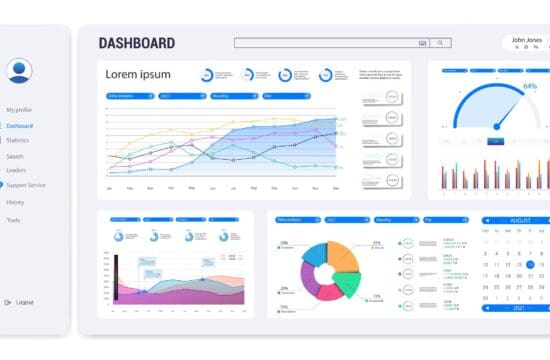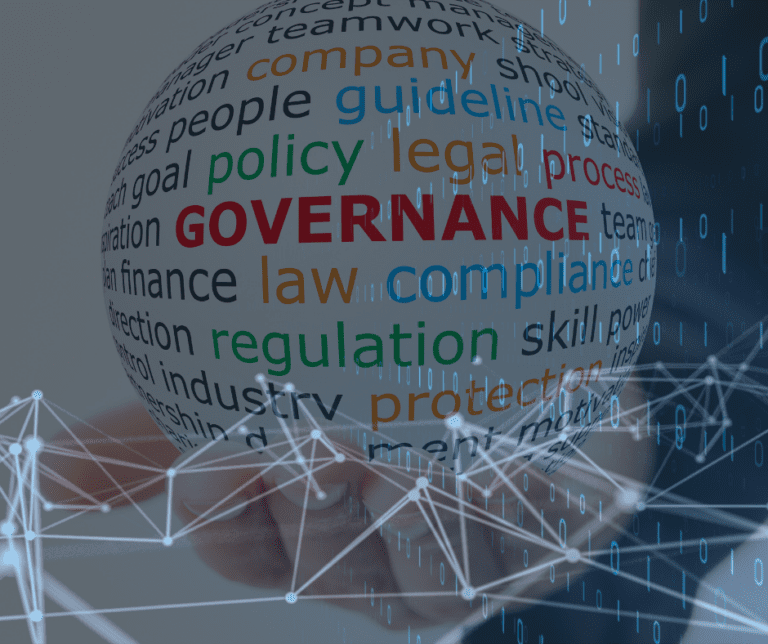A Structured Explanation of Unstructured Data
To corporate Privacy teams, the term “unstructured data” is frequently thrown around. Yet truly understanding what it means, and therefore knowing its implications and management strategies may remain elusive to most Privacy staff who are often not technical. In an era where data is hailed as the new oil, understanding the nuances of unstructured data becomes paramount. As corporate privacy officers, it’s your responsibility to shed light on this complex subject and guide executives through the maze of unstructured data. Secuvy is uniquely capable of supporting companies that need to find and understand their unstructured data. So we wanted to provide you the insights below to help you understand in detail what unstructured data is, its significance, challenges, and crucial strategies for effective management.
What is it, exactly?
Unstructured data refers to information that lacks a predefined data model or does not fit neatly into a relational database. Unlike structured data, which resides in organized rows and columns, unstructured data exists in formats such as text files, emails, social media posts, images, videos, audio recordings, and more. It comprises a vast majority of the data generated daily within organizations, often estimated to account for over 80% of all data. In fact, most SaaS data (e.g. Salesforce, Box.com, etc.) is unstructured.
Unstructured data holds immense value for businesses, providing rich insights into customer behavior, market trends, and operational performance. However, its unorganized nature presents both opportunities and challenges for executives. Unstructured data holds the potential to unveil valuable insights through advanced analytics, including sentiment analysis, natural language processing (NLP), and machine learning algorithms. Leveraging unstructured data can fuel innovation by uncovering hidden patterns, enabling the development of new products, services, and business models. And organizations adept at harnessing unstructured data gain a competitive edge by making informed decisions, enhancing customer experiences, and staying ahead of market trends.
While unstructured data offers significant benefits, managing it poses unique challenges for executives. Unstructured data is voluminous and diverse, making it difficult to classify, organize, and analyze effectively. Extracting meaningful insights from unstructured data requires sophisticated tools and technologies, often involving high computational costs and specialized expertise. Unstructured data presents heightened security and privacy risks, as sensitive information may reside within unstructured formats, requiring robust encryption, access controls, and compliance measures. And of course, executives must navigate a complex regulatory landscape governing the collection, storage, and processing of unstructured data, including GDPR, CCPA, HIPAA, and more.
Strategies for Managing Unstructured Data
It is nearly 100% likely you have significant amounts of unstructured data within your enterprise data. To harness the potential of unstructured data while mitigating risks, privacy and security teams should adopt a proactive approach to its management:
1. Data Discovery & Classification: Implement automated data discovery and classification tools such as Secuvy to categorize unstructured data based on its sensitivity, enabling targeted security controls and access restrictions. Secuvy’s AI technology can help you find unstructured data you were blind to, using advanced machine learning algorithms. You can’t manage data you can’t find.
2. Data Governance: Establish comprehensive data governance policies and procedures to ensure consistent standards for data quality, security, and compliance across all unstructured data sources. Leverage tools such as Secuvy to support data access governance and policy management.
3. Continuous Monitoring: Implement robust monitoring and auditing mechanisms using a platform such as Secuvy to track data usage, detect anomalies, and ensure ongoing compliance with regulatory requirements.
Unstructured data represents a double-edged sword for privacy teams, offering untapped potential for innovation and growth while posing significant challenges in management and governance. By understanding the nature of unstructured data, its significance, challenges, and strategies for effective management, you can harness its power responsibly, driving value for your organization while safeguarding privacy and assuring compliance. As corporate privacy officers, it’s imperative to stay abreast of emerging trends and technologies in unstructured data management such as Secuvy and AI to help in guiding informed decisions in navigating te complexity. Embracing the opportunities presented by unstructured data while addressing its inherent risks is key to unlocking its full potential in the digital age.














































